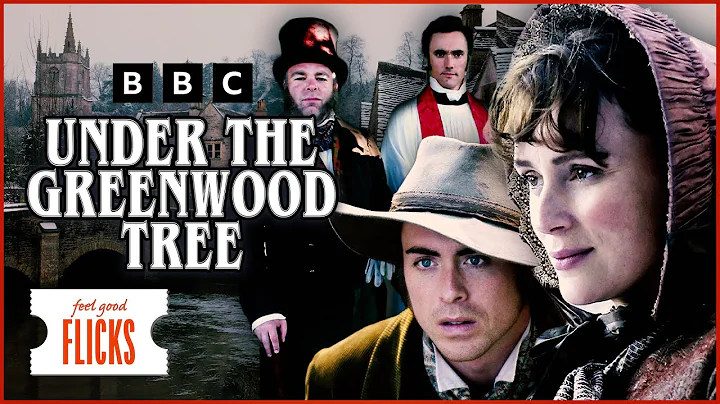When we watch costume dramas, we can often hear some poisons, such as Hedinghong , heartbroken grass, poisonous wine, oleander, etc. Maybe everyone has heard of these names, but they are not familiar with them. Very understanding. Today we will reveal the nine major poisons in ancient China. The following rankings and explanations are not scientific and are for entertainment only.
1, Brokengrass

Brokengrass is a plant of the family Cucurbitaceae Curcuma vine , an annual vine. Its main toxic substance is cucurbitine. According to records, after eating it, the intestines will turn black and have adhesions, and people will die from abdominal pain. Symptoms such as gastrointestinal discomfort caused by gallbladder are not caused by the toxins of the plant itself that damage the intestinal tract, but by the alkaloid ------ gelsemin it contains. This alkaloid mainly targets the human nervous system. They will inhibit the work of the human respiratory center, and motor nerves, and even directly stop the heart. After poisoning, the heartbeat and breathing slowly weaken, and the muscles of the limbs gradually lose control, and eventually death occurs due to respiratory system paralysis. In the early stages of poisoning, the main symptoms include burning sensation in the stomach, vomiting, and the feeling that the intestines have been cut off, hence the name "Changchangcao".
2, 鸩

Among the poisons in ancient China, the most famous one should be the poison "dove". The idiom "drinking poison to quench thirst" is derived from this and is often used in this situation.
Legend has it that it is a legendary bird of prey, bigger than an eagle, with a loud and shrill cry. Its feathers are highly poisonous. If you dip its feathers in wine, the wine will become poisonous wine, which is very toxic and almost impossible to save. Over time, poisonous wine became the collective name for poisonous wine.
3, Aconitum

The representative of herbal poisons is Aconitum. This herbal plant is rich in aconitine . Excessive aconitine will damage the nervous system , circulatory system, respiratory system, and digestive system of the human body. All disorders lead to death. Aconitine poisoning can take effect very quickly depending on the dose used, or it can accumulate in the body to delay the development of poison. In addition, the refining of aconitine is very simple and the raw materials are abundant. In ancient times, aconitine poisoning was one of the most popular poisons.
4, arsenic

arsenic is a processed product of the naturally occurring arsenic-containing mineral arsenic, arsenopyrite or realgar ores. Also known as letter stone . Arsenic is poisonous. If poisoned, you will experience upper abdominal discomfort, thirst and salivation, and severe vomiting symptoms. If the poisoning is more serious, it will cause dehydration or shock, and even a few people will suffer from neurological disorders. Adverse symptoms, such as irritability or dizziness, and a few people may experience chest tightness and shortness of breath.
5, diamond
Diamond has hydrophobic and lipophilic properties. When a person takes diamond powder, the diamond powder will stick to the stomach wall. In the long-term friction, people will get gastric ulcer. If not treated in time, they will die. For gastric bleeding, it is a chronic poison that is difficult to be wary of.
During the Renaissance, chronic poisons made from diamond powder were popular among wealthy Italian families.
6, See blood to seal throat

Also known as "poison arrow wood" and "scissor tree", it is an endangered plant protected by the state and is one of the most poisonous plant species in the world.
saw blood and sealed its throat. It seemed that it was not much different from other trees. In the rainforest, outsiders generally can’t tell the difference. Fortunately, normal contact will not cause poisoning. Its toxicity lies mainly in its milky white sap. The highly toxic milky white sap, once in contact with the wounds of humans and animals, can paralyze the heart of the poisoned person (caused by arrhythmia), seal the blood vessels, coagulate the blood, and even cause suffocation and death, so people call it "blood sealing the throat."
7, Hedinghong

Hedinghong is known as "the first strange poison in ancient times". It sounds reminiscent of the red on the head of a red-crowned crane, like a fictional poison. In fact, it is not the case. Not only does the red-crowned crane have nothing to do with the red-crowned crane, it is also a real poison.
Although it is revered as "the first poison in ancient times", the ingredient of Hedinghong is not mysterious, it is also known as arsenic. Here, many people may have doubts. The arsenic in movies and TV dramas is all white powder. How can it be different from the solid Heding Red?
Hedinghong is actually red letter stone . Red letter stone is a natural mineral of arsenic trioxide. After processing, it becomes the famous arsenic. "Hedinghong" is just a vague term for arsenic in ancient times. After arsenic enters the human body, it will combine with the sulfur group of the protein, making the protein denatured and inactive. It can block the oxidative energy supply pathway in the cell, causing people to die quickly due to lack of ATP energy supply. The mechanism of action of hydrocyanic acid similar.









![Lee Hyeri is spun into Yoo Seung Ho's embrace l Moonshine Ep 1 [ENG SUB] - DayDayNews](https://i.ytimg.com/vi/Uw7n13JsWjQ/hq720.jpg?sqp=-oaymwEcCNAFEJQDSFXyq4qpAw4IARUAAIhCGAFwAcABBg==&rs=AOn4CLBVOnaQrVC_iGvzx9_R2AQuI4iffw)











